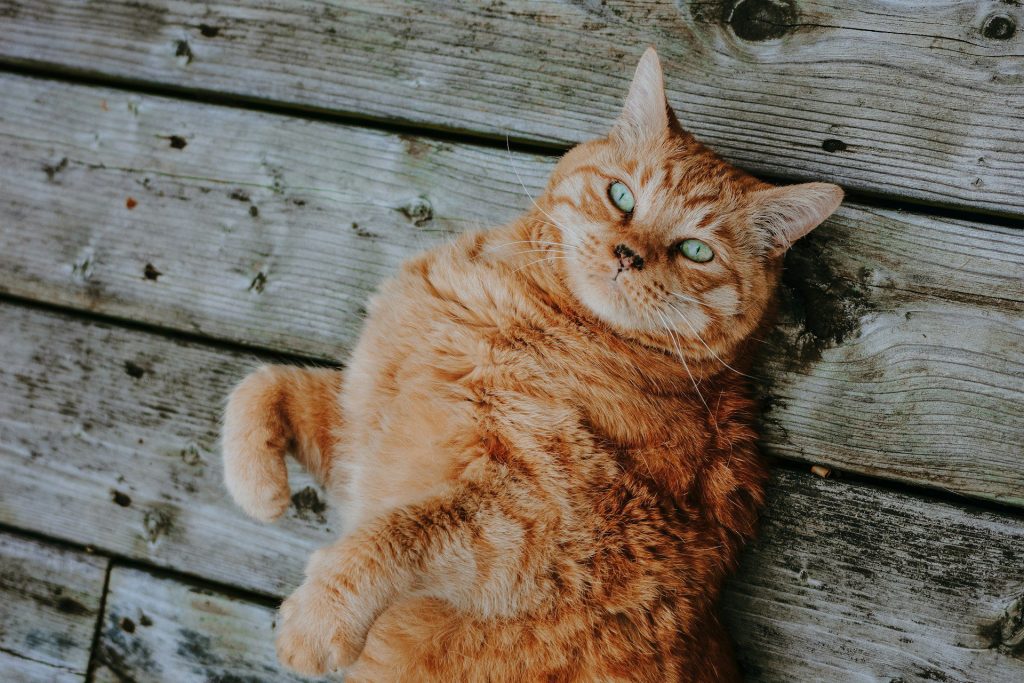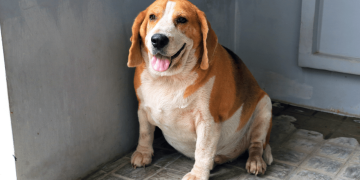Dogs and cats are among the most popular pets worldwide, each offering unique companionship and affection. Despite both being loyal and loving creatures, their care requirements, health needs, and training can differ significantly. Understanding these differences is essential for any pet owner who wants to provide the best possible environment for their furry friends. Whether you’re considering adopting a dog or a cat, or if you’re already a pet owner, recognizing how each species requires different forms of care will help you give them the attention, health, and happiness they deserve.
This article will explore the essential care practices for both dogs and cats, dive into the health considerations specific to each species, and highlight the differences in training and feeding requirements. Let’s begin by comparing the fundamental care needs of both animals.
Essential Care Practices for Dogs vs. Cats
1. Grooming and Hygiene
Dogs and cats both require grooming, but the methods and frequency can differ greatly based on their species, coat types, and general grooming needs.
- Dogs:
Grooming for dogs involves brushing, bathing, nail trimming, and sometimes even haircuts. The frequency of brushing depends on the breed and type of coat. Long-haired breeds like Poodles and Shelties may need regular professional grooming, while short-haired dogs like Beagles can usually be brushed once a week. Dogs also need to be bathed regularly, though the frequency depends on the dog’s activity level and coat condition. Nail trimming and ear cleaning should also be part of regular dog grooming. - Cats:
Cats generally do not need as much attention when it comes to grooming because they groom themselves by licking their coats. However, some long-haired cat breeds, such as Persians and Maine Coons, will require more frequent brushing to avoid matting and tangles. Cats do not need regular baths unless they get into something sticky or harmful. Unlike dogs, cats are typically very fastidious about their hygiene and will groom themselves multiple times a day.
2. Exercise and Enrichment
Both dogs and cats need physical exercise and mental stimulation, but the manner in which they receive it differs.
- Dogs:
Dogs require daily exercise to maintain their health, happiness, and well-being. The type and duration of exercise will vary depending on the breed. Active breeds like Border Collies and Labrador Retrievers need a lot of physical activity, such as running or walking several miles per day, while smaller or more sedentary breeds like Bulldogs may only need a moderate walk. Dogs also benefit from mental stimulation through playtime, puzzle toys, and obedience training. Without enough exercise and stimulation, dogs can become bored and may engage in destructive behaviors. - Cats:
Cats, particularly indoor ones, have different exercise needs. While they don’t require long walks like dogs, they do benefit from playing with interactive toys, climbing, and jumping. Cats often exercise by chasing toys, pouncing, or running through the house. Cats are more independent when it comes to exercise and can entertain themselves with less supervision, but playtime with their owner is essential to maintain a strong bond and prevent boredom. Cats also enjoy having places to climb, scratch, and explore, such as cat trees or shelves.
3. Litter Box vs. Potty Walks
- Dogs:
Dogs need to be taken outside regularly to relieve themselves. This requires a consistent schedule, particularly in puppies and older dogs, who may need bathroom breaks more frequently. While outdoor dogs may go on their own, most pet owners must provide multiple walks throughout the day. Additionally, dogs need a safe space outdoors where they can feel comfortable and secure. Some dogs may need to be trained to go to the bathroom at certain times of the day, and for dog owners who live in apartments, using a designated potty area or doggy daycare may be necessary. - Cats:
Cats are typically trained to use a litter box from a young age, and they generally do not need to be taken outside for bathroom breaks. The litter box should be kept clean and placed in a quiet, private location. Cats are usually fastidious about their bathroom habits, and some may refuse to use the litter box if it’s too dirty. Litter boxes come in different types, including covered or uncovered varieties, and should be scooped daily to prevent odors and maintain your cat’s hygiene.

Health Considerations Specific to Each Species
1. Dogs:
- Common Health Issues:
Dogs can be prone to a wide range of health conditions, and certain breeds are more susceptible to specific issues. Common health concerns in dogs include:- Hip dysplasia: A genetic condition that affects the hip joint, particularly in large breeds like German Shepherds and Golden Retrievers.
- Heart disease: Older dogs or those with certain breeds may experience heart problems, which can require medication and lifestyle changes.
- Obesity: Dogs can gain weight quickly, especially if they are overfed or not given enough exercise. Obesity can lead to diabetes, joint issues, and other health concerns.
- Parasites: Dogs are susceptible to flea infestations, ticks, and worms, which can be controlled with medications and regular vet visits.
- Routine Veterinary Care:
Dogs require routine checkups, vaccinations, flea and tick prevention, and regular dental care. Their annual vet visits will often include blood tests, heartworm screenings, and booster shots. Depending on their age, dogs may also need specialized care to monitor the onset of conditions like arthritis or heart disease.
2. Cats:
- Common Health Issues:
Cats tend to be more independent when it comes to their health, but there are still certain conditions that are common among felines:- Kidney disease: Older cats are particularly susceptible to kidney issues, which can lead to dehydration, weight loss, and other symptoms.
- Dental disease: Cats can develop dental problems like gingivitis, periodontitis, and tooth decay, which may affect their eating habits.
- Hyperthyroidism: This condition, often found in older cats, causes an increase in metabolism, leading to symptoms like weight loss, vomiting, and increased thirst.
- Obesity: While obesity is often a problem for dogs, it is also a growing concern for indoor cats, particularly if they are overfed or under-exercised.
- Routine Veterinary Care:
Like dogs, cats require annual checkups, vaccinations, and flea prevention. Routine dental cleanings are also important, as dental disease can lead to serious health problems if left untreated. Cats are more independent about hiding symptoms of illness, so regular vet visits are essential to catch issues early. Depending on their age and health, cats may need special care for conditions like hyperthyroidism or kidney disease.
How Training and Feeding Requirements Differ
1. Training
- Dogs:
Dogs require consistent training, especially in their younger years, to learn how to behave appropriately in different environments. Training can include basic obedience commands such as sit, stay, and come, as well as housebreaking and leash walking. Positive reinforcement, such as praise, treats, or toys, is the most effective method for training dogs. Some breeds are more independent or stubborn, which may require more patience and persistence. - Cats:
While cats can be trained to some extent, their training is generally less structured than that of dogs. Cats are more independent and may not respond as eagerly to commands or cues. However, cats can be trained to use the litter box, scratch designated posts, and even do simple tricks using positive reinforcement. Patience and consistency are key, as cats tend to learn at their own pace and are more likely to engage in training if they see a reward.
2. Feeding Requirements
- Dogs:
Dogs have specific dietary needs based on their size, breed, and activity level. Larger breeds tend to need more calories, while smaller dogs require fewer calories but may need higher-quality protein. There are also breed-specific dog foods designed to address issues such as joint health, skin conditions, or digestive problems. Many pet owners choose between dry kibble, wet food, or a combination of both, and portion control is important to avoid overfeeding, which can lead to obesity. - Cats:
Cats are obligate carnivores, meaning their diet must be primarily composed of animal-based proteins. Unlike dogs, who can thrive on a more varied diet, cats need higher levels of protein, vitamins, and minerals derived from meat. Commercial cat foods are formulated to meet their nutritional needs, but pet owners should be cautious with treats and overfeeding. Wet food is often preferred for cats due to its high moisture content, which can help with urinary tract health. Cats should also be given a balanced diet to prevent conditions such as urinary tract infections and obesity.
Conclusion
While dogs and cats share some commonalities as companion animals, their care requirements are quite different. From grooming and exercise needs to health considerations and training approaches, the differences between the two species are significant. By understanding these key differences, pet owners can better cater to their pets’ specific needs, ensuring their happiness, health, and well-being.
Whether you’re a dog person or a cat lover, each pet species offers a unique relationship, and knowing how to meet their specific needs is crucial for a long, healthy, and fulfilling life together. By offering the proper care, attention, and affection, both dogs and cats can live happy, thriving lives as beloved members of your family.























































